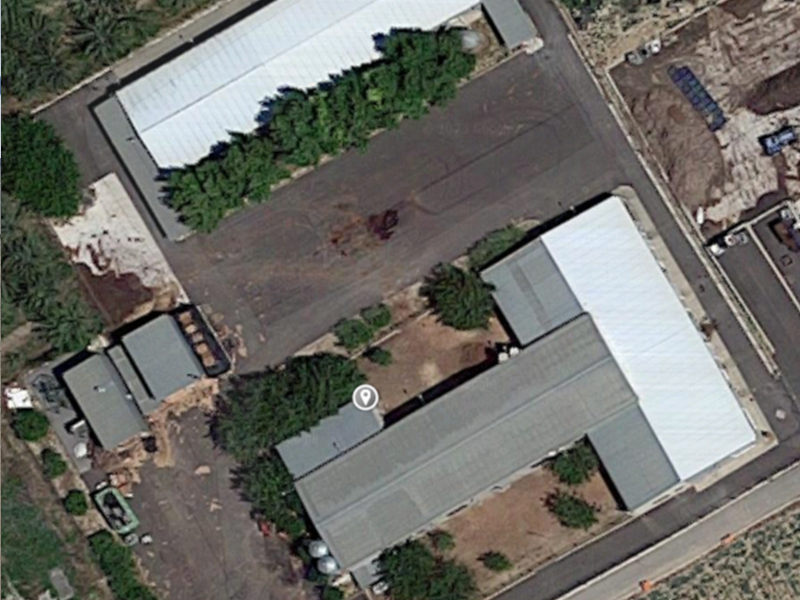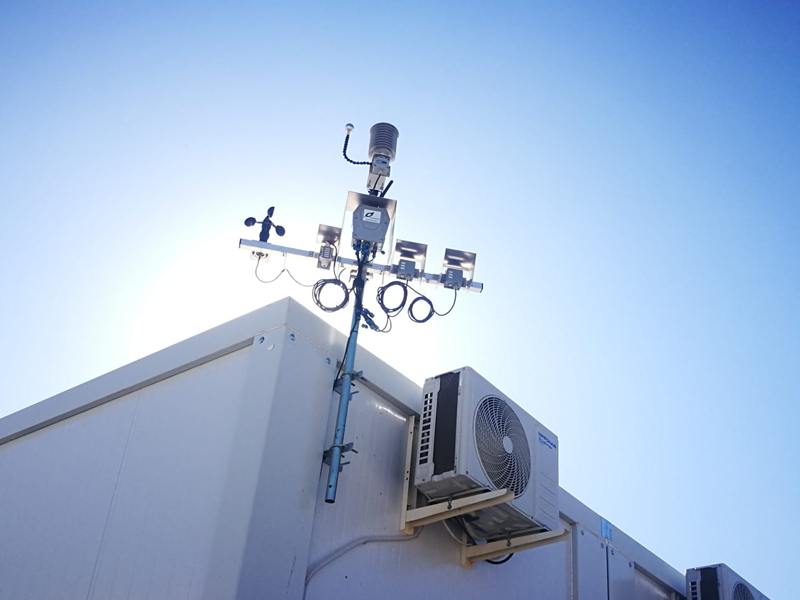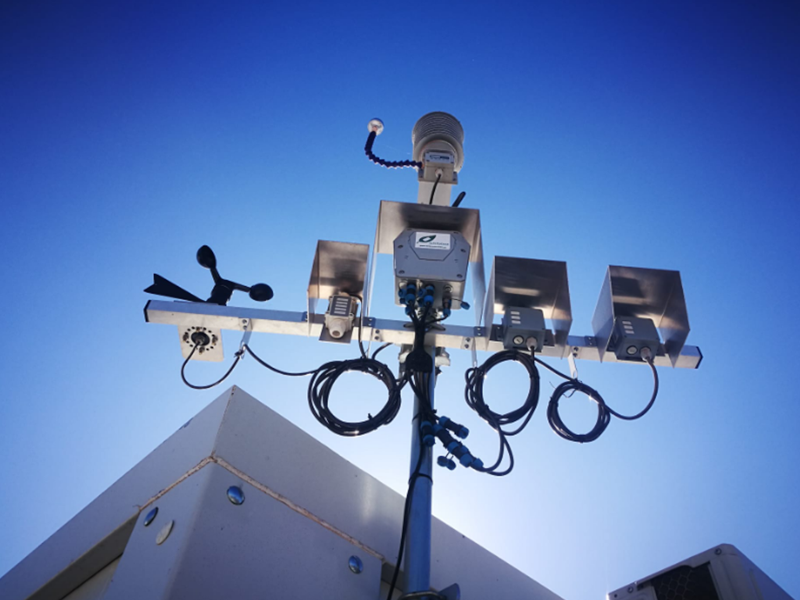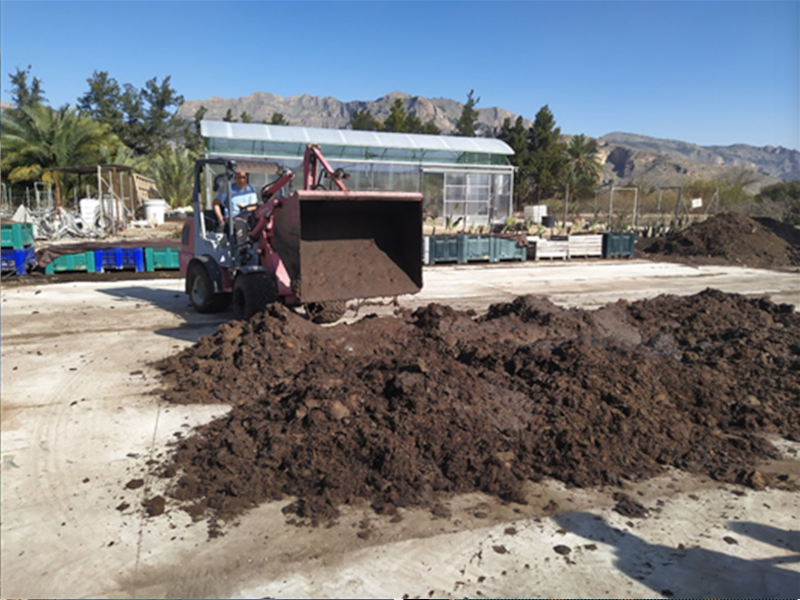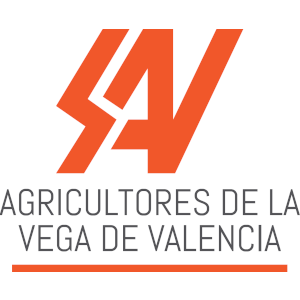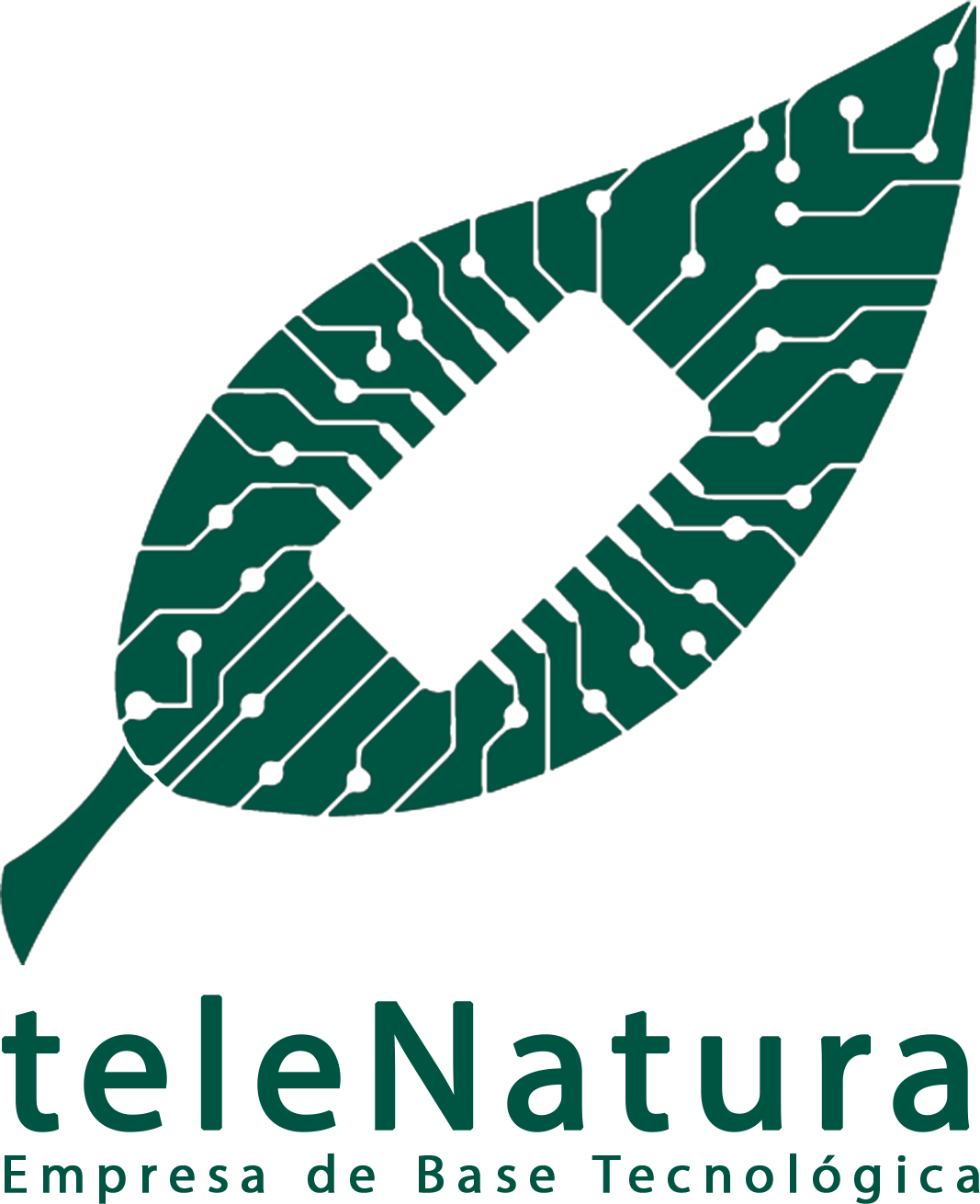OPTIFANGS allows to optimize the dosage of WWTP sludge in agricultural soils, maximizing benefits and minimizing environmental risks.
OPTIFANGS contributes to the reduction of excess of nutrients in agriculture by complying with the
European regulations, improving the capture of
Carbon in the soil, through the use of
new disruptive techniques linked to
digitization, sensorization and Artificial Intelligence.
The OPTIFANGS project develops a tool called Agroresources that allows to calculate an estimate
sufficiently accurate the agronomic and environmental composition of WWTP sludge through the measurement of the NIR fingerprint. This allows to model the behavior of the sludge in different conditions and to optimize its dosage in agricultural soils. In this way, the tool allows to take decisions for the dosage almost in real time.
Technologies
The project uses advanced instrumental techniques such as Near Infrared Reflectance Spectroscopy (NIRS), Fourier Transform Infrared Spectroscopy (FT-IR) and thermal analysis. The use of these techniques allows us to obtain a kind of 'fingerprint' of the analyzed material to extract a sufficiently precise estimation of the agronomic and environmental composition of the material.
Modeling
Modeling of the analyzed sludge in different conditions facilitates management and dosing decisions in real time and significantly improves process optimization. For this analysis, chemometrics is used, which is a discipline of artificial intelligence (AI) that merges the value of 'chemical' and 'analytical' intelligences and allows the extraction of features based on model optimization.

Sludge management
The development of these tools will allow decentralized management of sludge, which will help to have a lower environmental impact. Likewise, the expected results point to a 25% reduction in excess nutrients that are not absorbed by crops linked to WWTP sludge, a 12% increase in carbon sequestered in amended soils, the mitigation of emissions and odors at low cost; as well as the hope of the implementation of this Optifangs system in neighboring countries.
The project is cofunded by the Valencian Innovation Agency (AVI). 3 partners participate in the project: Agricultores de la Vega de Valencia (SAV), Telenatura S.L.
and the GIAAMA group from the University of Miguel Hernandez.
Technologies
The project uses advanced instrumental techniques such as Near Infrared Reflectance Spectroscopy (NIRS), Fourier Transform Infrared Spectroscopy (FT-IR) and thermal analysis. The use of these techniques allows us to obtain a kind of 'fingerprint' of the analyzed material to extract a sufficiently precise estimation of the agronomic and environmental composition of the material.
Modeling
Modeling of the analyzed sludge in different conditions facilitates management and dosing decisions in real time and significantly improves process optimization. For this analysis, chemometrics is used, which is a discipline of artificial intelligence (AI) that merges the value of 'chemical' and 'analytical' intelligences and allows the extraction of features based on model optimization.
The project uses advanced instrumental techniques such as Near Infrared Reflectance Spectroscopy (NIRS), Fourier Transform Infrared Spectroscopy (FT-IR) and thermal analysis. The use of these techniques allows us to obtain a kind of 'fingerprint' of the analyzed material to extract a sufficiently precise estimation of the agronomic and environmental composition of the material.
Modeling
Modeling of the analyzed sludge in different conditions facilitates management and dosing decisions in real time and significantly improves process optimization. For this analysis, chemometrics is used, which is a discipline of artificial intelligence (AI) that merges the value of 'chemical' and 'analytical' intelligences and allows the extraction of features based on model optimization.

OPTIFANGS allows to optimize the dosage of WWTP sludge in agricultural soils, maximizing benefits and minimizing environmental risks.
OPTIFANGS contributes to the reduction of excess of nutrients in agriculture by complying with the
European regulations, improving the capture of
Carbon in the soil, through the use of
new disruptive techniques linked to
digitization, sensorization and Artificial Intelligence.
The OPTIFANGS project develops a tool called Agroresources that allows to calculate an estimate
sufficiently accurate the agronomic and environmental composition of WWTP sludge through the measurement of the NIR fingerprint. This allows to model the behavior of the sludge in different conditions and to optimize its dosage in agricultural soils. In this way, the tool allows to take decisions for the dosage almost in real time.
Technologies
The project uses advanced instrumental techniques such as Near Infrared Reflectance Spectroscopy (NIRS), Fourier Transform Infrared Spectroscopy (FT-IR) and thermal analysis. The use of these techniques allows us to obtain a kind of 'fingerprint' of the analyzed material to extract a sufficiently precise estimation of the agronomic and environmental composition of the material.
Modeling
Modeling of the analyzed sludge in different conditions facilitates management and dosing decisions in real time and significantly improves process optimization. For this analysis, chemometrics is used, which is a discipline of artificial intelligence (AI) that merges the value of 'chemical' and 'analytical' intelligences and allows the extraction of features based on model optimization.

Sludge management
The development of these tools will allow decentralized management of sludge, which will help to have a lower environmental impact. Likewise, the expected results point to a 25% reduction in excess nutrients that are not absorbed by crops linked to WWTP sludge, a 12% increase in carbon sequestered in amended soils, the mitigation of emissions and odors at low cost; as well as the hope of the implementation of this Optifangs system in neighboring countries.
The project is cofunded by the Valencian Innovation Agency (AVI). 3 partners participate in the project: Agricultores de la Vega de Valencia (SAV), Telenatura S.L.
and the GIAAMA group from the University of Miguel Hernandez.
Technologies
The project uses advanced instrumental techniques such as Near Infrared Reflectance Spectroscopy (NIRS), Fourier Transform Infrared Spectroscopy (FT-IR) and thermal analysis. The use of these techniques allows us to obtain a kind of 'fingerprint' of the analyzed material to extract a sufficiently precise estimation of the agronomic and environmental composition of the material.
Modeling
Modeling of the analyzed sludge in different conditions facilitates management and dosing decisions in real time and significantly improves process optimization. For this analysis, chemometrics is used, which is a discipline of artificial intelligence (AI) that merges the value of 'chemical' and 'analytical' intelligences and allows the extraction of features based on model optimization.
The project uses advanced instrumental techniques such as Near Infrared Reflectance Spectroscopy (NIRS), Fourier Transform Infrared Spectroscopy (FT-IR) and thermal analysis. The use of these techniques allows us to obtain a kind of 'fingerprint' of the analyzed material to extract a sufficiently precise estimation of the agronomic and environmental composition of the material.
Modeling
Modeling of the analyzed sludge in different conditions facilitates management and dosing decisions in real time and significantly improves process optimization. For this analysis, chemometrics is used, which is a discipline of artificial intelligence (AI) that merges the value of 'chemical' and 'analytical' intelligences and allows the extraction of features based on model optimization.

